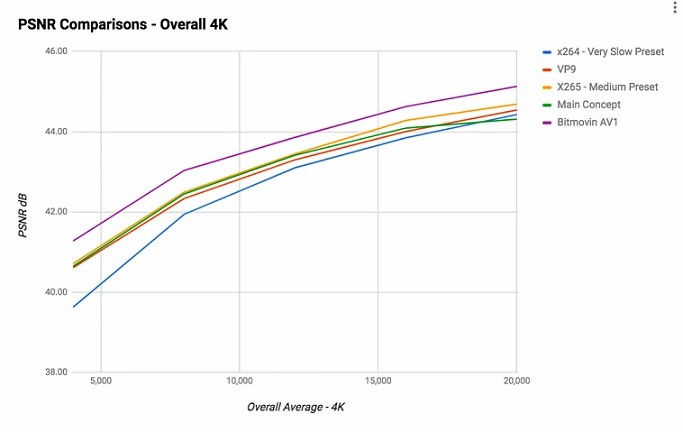

GPUs from all three companies support hardware decoding for viewers but in this strange new world, Intel Arc is the only choice for streamers who want to use the latest technology. If the AV1 codec does gain broader acceptance, content creators are likely to chose Intel Arc GPUs thanks to their native support for encoding AV1 for streaming, as neither AMD nor NVIDIA are able to provide that feature. In DVD format (720 × 576) I gain another 20 in file size compared to H265. In 720p I gain 30 to 45 in file size compared to H265. The AV1 codec compresses their content by about 20% more than the current standards, VP9 and HEVC/H.265 and not only does it retain the quality it is capable of handling Netflix’s 10-bit color content. As for the interest of the Av1 codec: Even for resolutions lower than 1080p, there is one big advantage, and that is the file weight. Netflix have already adopted it for their Android app and intend to move many of their other apps to AV1 as well. It turns out that they were prophetic, not delusional.ĪV1 uses the open-source dav1d decoder which came out of the VideoLAN, VLC, and FFmpeg communities, with sponsorship from the Alliance for Open Media. Stating these things 15-20 years ago would have prompted laughter and at least a few jibes aimed at the one claiming this would one day would be a thing, especially at the suggestion Intel would have a competitive discrete GPU. The problem is all programs using ffmpeg (and also the ffmpeg cmd) skips AV1 video stream from first file. Things have changed over the past decade, with Microsoft now offering Linux based instances on Azure, various companies accepting that they need to open source at least some of their driver technology and now Intel being the first to hardware accelerate a royalty free codec. I want to mux video stream from one file and two audio streams from the other one.

AMD And NVIDIA Provide Hardware AV1 Decoding, But Not Encoding


 0 kommentar(er)
0 kommentar(er)
